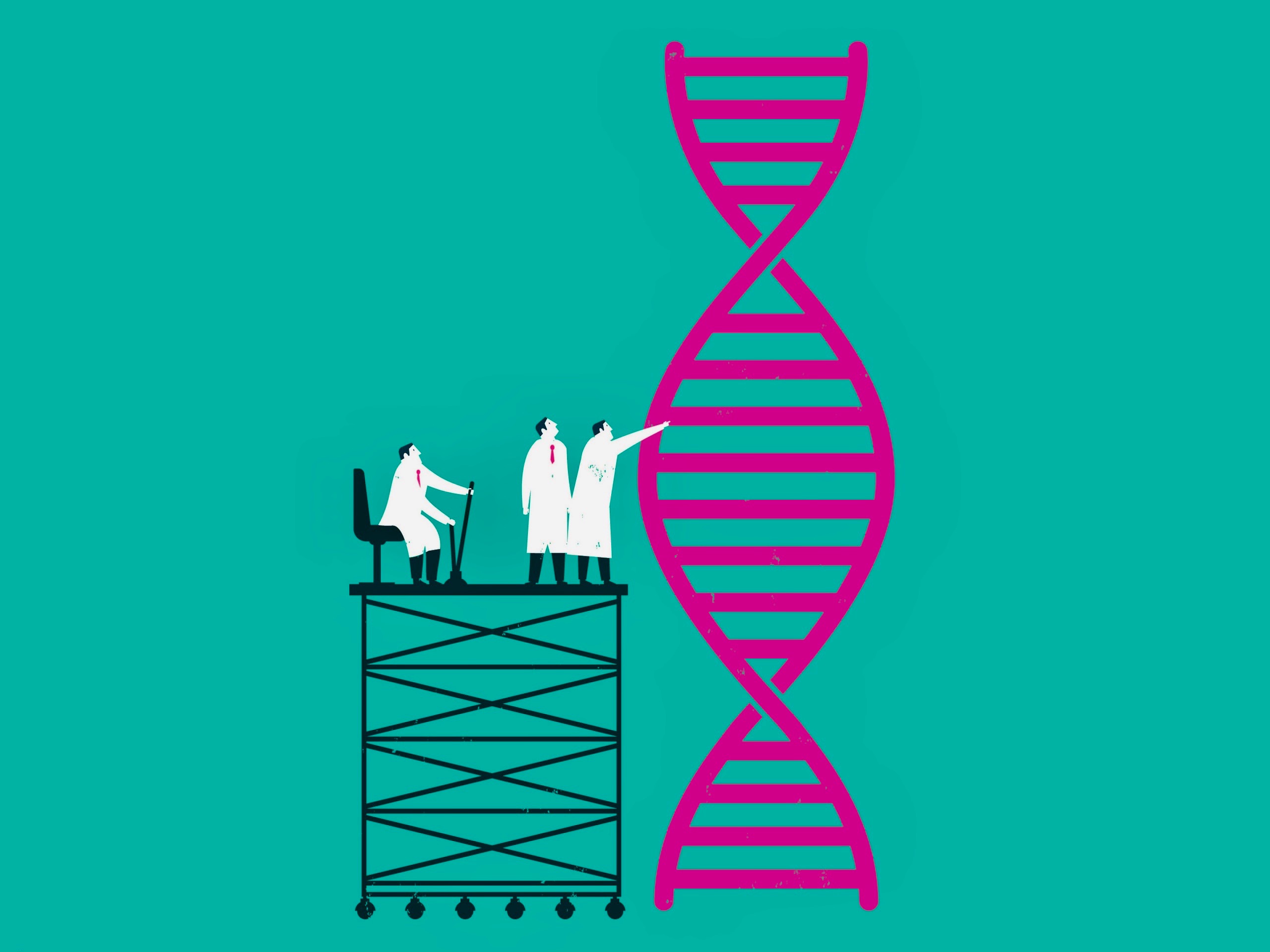
The Most Personalized and Precise Form of Healthcare: a Discussion of the Genome
Authored by Ayesha Rajan, Research Analyst at Altheia Predictive Health
Introduction
Our genomes are essentially a personalized index or library of everything we are – they are the combination of genes and DNA that hold all of our genetic information. The field of genomics is relatively new with most studies citing its roots in the 1980’s. In fact, The Human Genome Project only began development in 1990 and was declared complete in 2003. Though new, the field of genomics, like many other fields of study touched by technology, has evolved rapidly. For context, processing a human genome would have cost $20-25 million in 2006 compared to a cost of well below $1,000 today and its market has seen growth from $1 billion to $4.5 billion in the last 8 years alone. Furthermore, the first time a human genome was sequenced took 3 years of processing power while today a human genome can be processed in less than 3 days. The increased accessibility to genomic information is an incredibly important development in terms of preventative care and can be a life-saving step for many people.
Discussion
The Precision Medicine Initiative “is an emerging approach for disease treatment and prevention that takes into account individual variability in genes, environment, and lifestyle for each person [whose] approach will allow doctors and researchers to predict more accurately which treatment and prevention strategies for a particular disease will work in which groups of people.” This is where genomics finds its highest level of applicability and importance. Genomics and the power that we now have in machine learning can provide incredible insights into which genes are relevant to certain diseases. With that insight, patients can adjust their lifestyle to their risk factor and have a much better understanding of where they stand in terms of their health. Doctor’s also have a much clearer idea of what tests may need to be run a lot earlier in a patient’s life and what tests may never need to be run unless an event occurs prompting questions outside of the norm. Overall, genomics can save a lot of time and money for both providers and patients alike.
One of the struggles with sequencing an individual’s entire genomic profile is the sheer processing and holding power needed to execute algorithms on an entire sequence – massive database space is necessary to perform these types of analytics. However, one consideration that can be factored into account to make genomics even more accessible is isolated sequencing. For example, if someone already knows their family has a high risk of a certain disease, they may choose to only sequence parts of their DNA, such as the BRCA1 and BRCA2 genes sequenced for those individuals with a higher risk of breast cancer. This methodology can be applied to any genetically passed disease. However, the ultimate hope and goal for many is that genome sequencing becomes accessible enough so anyone can sequence their entire genome. This could then be utilized by healthcare providers who can provide a much more personalized approach to a patient’s diagnosis and care plans with that information.
Conclusion
In comparison to many other fields of study, genomics is very new, however, that hasn’t stopped it from catching up (and even outrunning and outshining) many other fields in terms of accessibility. When we look at communities, whether that be by location, ethnicity, age or gender, we get a much clearer picture of how the health of a population is influenced. As accessibility to the technology used to support genomics increases for patients, we can expect that picture to get even clearer and to see an even more personalized approach to healthcare.
